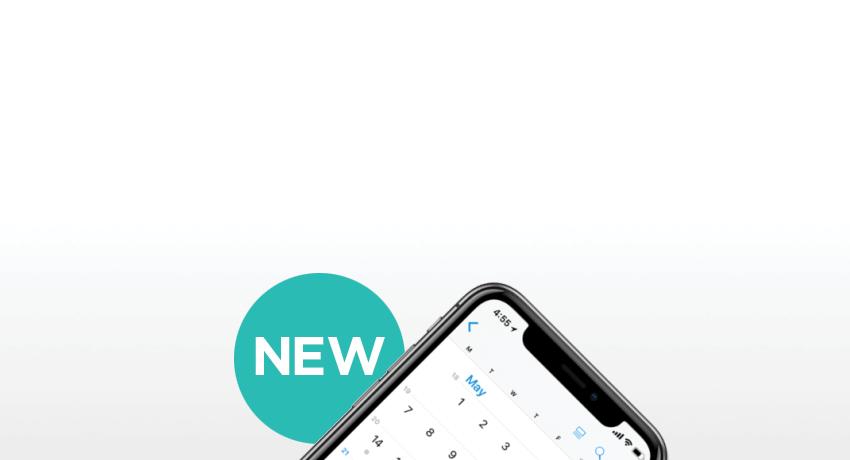A procedure that is used for diagnosis and treatment of many diseases of the pancreas, bile ducts, liver and gallbladder.
What is an ERCP?
ERCP (Endoscopic Retrograde Cholangiopancreatography) is a procedure that is used for diagnosis and treatment of many diseases of the pancreas, bile ducts, liver, and gallbladder. Conditions such as gallstones, tumors, or strictures (obstructing scar tissue) can be shown in detail during an ERCP and biopsies of abnormal tissue can be taken if necessary. In some cases, an ERCP can be used to determine whether or not surgery is needed and may be helpful in providing the anatomic detail the surgeon needs for an operation. Several conditions of the biliary or pancreatic ducts can be treated by techniques that can open the end of the bile duct, remove stones, and place stents (plastic drainage tubes) across obstructed ducts to improve their drainage.
What should I expect during an ERCP?
Plan to spend up to 3 hours at the hospital the day of your ERCP. The procedure itself takes approximately 30 to 90 minutes to complete. Before the procedure, you will be asked about your medical history and allergies, and a nurse will insert an intravenous (IV) line into your hand or arm. Allergy to iodine-containing drugs (contrast material or "dye") is not a contraindication to ERCP, but should be discussed with your physician the day of your procedure.
During the procedure, you will be given medicine through the IV line to help you relax. In certain situations, you may receive anesthesia medications that will be monitored by an anesthesia provider. Some patients also receive antibiotics before the procedure. The physician will insert a flexible, hollow tube called an endoscope into your mouth and will advance it slowly through the esophagus, stomach and duodenum (the first part of your small intestine). After the opening to the ducts is visually identified, a catheter (narrow plastic tube) is passed through the endoscope into the ducts. Contrast material ("dye") is then injected gently into the ducts (pancreatic or biliary) and x-rays are taken.
What should I expect after an ERCP?
The physician will prepare a full report for the physician who referred you for the ERCP. If you are having an ERCP as an outpatient, you will be kept under observation until most of the effects of the medications have worn off. It is normal to feel bloated after the procedure and your throat may feel sore for a short time. When you are discharged from the hospital, you will receive specific instruction on when to resume your usual diet and medications.
What are possible complications of ERCP?
ERCP is generally a well-tolerated procedure when performed by physicians who have had special training and experience in this technique. However all procedures carry some risk. Risks from an ERCP include perforation, (or a tear) of the lining of the stomach, esophagus or bowel; bleeding from treatment site; infections such as pancreatitis; reactions to medications; heart and lung problems; and dental or eye injuries
The risks of the procedure vary with the reasons for the procedure, what is found during the procedure, what treatments are provided, and the presence of other health conditions, such as heart or lung diseases. Published studies show the risk of pancreatitis is 5-10%, and the risk of infection, bleeding, and perforation are all less than 1%. If a complication does occur, it may result in hospitalization, blood transfusion, repeat procedure, or occasionally corrective surgery. Your physician will discuss the likelihood of complications with you before undergoing the procedure.


